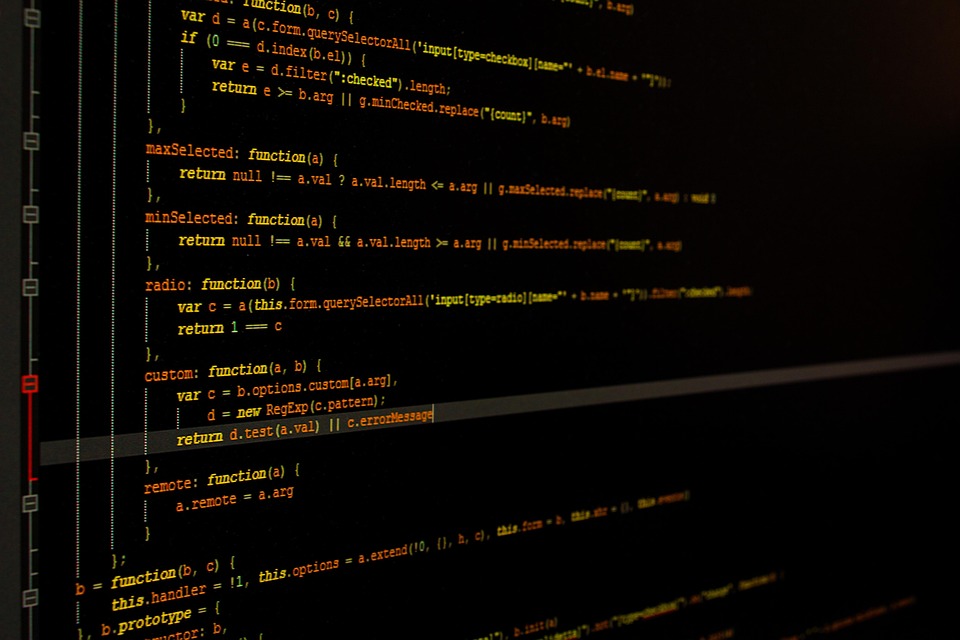In an age where the call for equity and social justice rings louder than ever, the role of women in development stands at a critical crossroads. As we advance into an era of unparalleled technological innovation and globalization, the imperative to integrate women into all facets of development—be it economic, political, social, or environmental—has never been more urgent. This article explores the significance of women’s participation in development, the barriers they face, and the transformative potential they hold for societies globally.
The Importance of Women’s Participation
Women make up nearly half of the global population, and their contributions are vital in every sphere of life. When women are empowered and given equal opportunities, entire communities thrive. Research indicates that when women are involved in decision-making processes, development initiatives are more effective and sustainable. Empowered women are more likely to invest in their families’ health, education, and well-being, creating a ripple effect that can lift entire communities out of poverty.
Economic Empowerment
Economic independence is a cornerstone of women’s empowerment. When women participate fully in the labor market, economies flourish. According to McKinsey Global Institute, closing gender gaps in labor force participation could add as much as $28 trillion to global GDP by 2025. Yet, numerous barriers persist, including wage gaps, lack of access to education and training, and systemic discrimination in hiring practices.
Case Studies: Success Stories in Economic Empowerment
-
Microfinance Initiatives: In many developing countries, microfinance programs have proven effective in empowering women. These initiatives provide small loans to women entrepreneurs who might otherwise lack access to credit. Success stories abound—women who start small businesses often reinvest their earnings into their families and communities, leading to widespread social and economic benefits.
- Tech Innovations: Initiatives that train women in technology and entrepreneurship are emerging, bridging the gender gap in tech industries. Women-led startups not only drive economic growth but also foster innovation that addresses unique challenges faced by women and marginalized groups.
Political Participation
Political representation is another crucial arena for advancing women in development. Women’s voices are often absent from decision-making tables, leading to policies and initiatives that do not reflect their needs or interests. Globally, women hold approximately 1 in 4 parliamentary seats, a figure that underscores a significant gap in political representation.
Pathways to Political Equality
-
Quotas and Legislation: Several countries have adopted gender quotas to ensure women’s representation in political bodies. These policies pave the way for women to take on leadership roles and influence decision-making processes.
- Grassroots Movements: Grassroots organizations play an essential role in championing women’s political rights and encouraging civic engagement. Through education and advocacy, they empower women to participate in electoral processes and advocate for their rights.
Social and Environmental Advocacy
Women often bear the brunt of social injustices and environmental degradation, largely due to existing power dynamics. Yet, women are also at the forefront of advocacy for social change and environmental sustainability.
Case Study: Environmental Leadership
Women are increasingly taking leadership roles in environmental movements. For instance, women in rural communities often serve as custodians of their environment, using their knowledge to combat climate change and promote sustainable practices. By integrating women’s perspectives into environmental policies, we can develop more holistic solutions to global challenges like climate change and resource depletion.
Overcoming Barriers
Despite the progress being made, women continue to face numerous barriers in development. Cultural norms, systemic discrimination, and lack of access to education or healthcare curtail women’s opportunities. Addressing these barriers requires a multifaceted approach, involving:
-
Education and Training: Investing in girls’ education is fundamental. Educated women are more likely to participate in the workforce and civic life, ultimately contributing to their communities.
-
Health Access: Ensuring women have access to comprehensive healthcare, including reproductive health services, is crucial for their empowerment and well-being.
- Combatting Gender-Based Violence: Safety and security are prerequisites for women’s full participation in society. Effective legal frameworks and community interventions are necessary to combat violence against women.
Conclusion
Empowering women is not merely a moral obligation; it is a strategic imperative for sustainable development. As we strive for a more equitable world, integrating women’s voices and experiences into development frameworks is essential. By dismantling barriers and paving paths to equality and opportunity, we not only benefit women but also catalyze broader social, economic, and environmental progress. The journey toward gender equality is ongoing, and it is one that demands the commitment and contributions of all sectors of society. Together, we can unlock the transformative potential of women in development and create a future that is inclusive, equitable, and prosperous for all.



